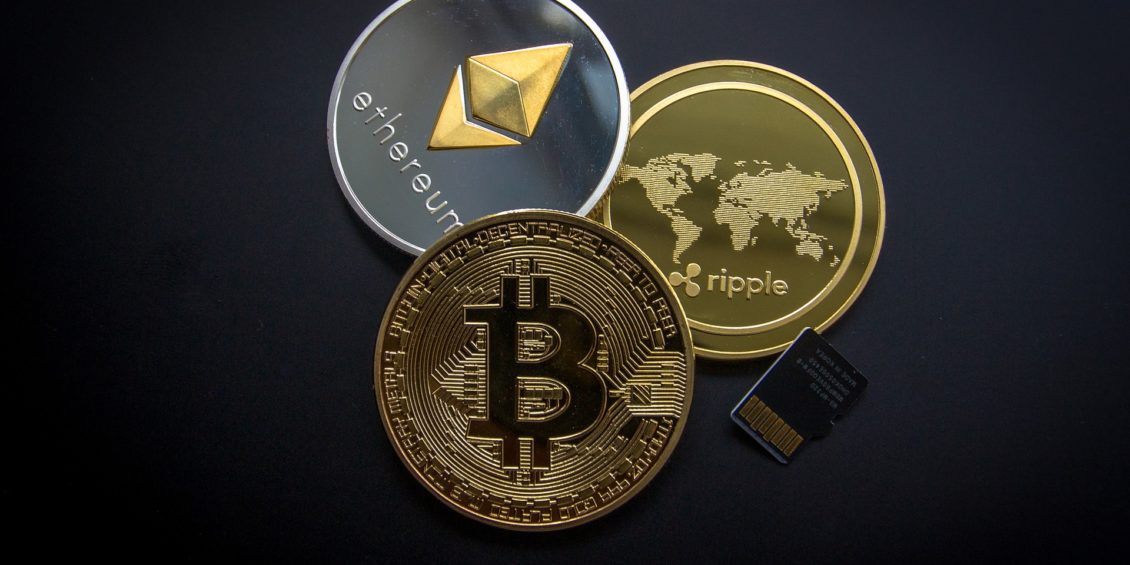
Alternative payments unintentionally benefitted from the global Covid-19 pandemic, according to a new study by Chargebacks911.
The recently released 2021 Chargeback Field Report indicates that the portion of respondents who accepted eWallets in 2020 rose by 40% over 2019. This growth rate is nothing short of astounding on its own. However, it goes hand-in-hand with an unprecedented surge in eCommerce activity.
Research from McKinsey found that eCommerce saw a decade’s worth of growth in just one 90-day period in 2020. This didn’t necessarily mean merchants were raking in massive profits, though. With social distancing requirements and Covid-compromised traffic at physical stores, a merchant’s survival often depended on their ability to create or enhance online sales channels. This created its own challenges.
Understanding Alternative Payment Methods
Historically, one of the main issues holding back the adoption of digital payments has been lack of consumer interest. A market comfortable relying on cash, checks, and payment cards has no real incentive to fix what isn’t broken. Covid-19 changed all that, though.
Shutdowns and the desire to minimize physical contact among consumers led to increased interest in contactless payments. And, with the sudden uptick in interest, it’s no surprise that more merchants would embrace other payment technologies, too.
Digital wallets, more commonly known as eWallets, are an electronic payment tool that makes it easy for consumers to make purchases both in-store and online. Users can store and pay using multiple payment cards, including debit, credit, or even loyalty cards, all in a single app. eWallets are ideal for eCommerce and mobile commerce, as they offer convenience, plus security in the form of two-factor authentication. The user must unlock the device, then provide secondary identification to authorize a payment.
It’s no surprise then that the percentage of merchants who accepted eWallets increased significantly compared to 2019. In fact, as alluded to above, acceptance increased by 40% in just one year, growing from 47% to 66% of merchants. Thus, the majority of sellers have now embraced digital payments.
The adoption of alternative payments also extended to cryptocurrencies like Bitcoin. While still relatively low, the number of merchants accepting cryptocurrency as a form of payment grew from 6% in 2019 to 15% in 2021. That seems like a minor change, but it’s a really a 150% increase in just two years.
Digital Payments & Chargeback Abuse
Alternative payment methods like mobile wallets have the potential to impact criminal fraud. As mentioned, eWallets can hamper criminal fraud attempts. All data stored in the app is encrypted using tokenization technology, so the actual account information is never transmitted during a transaction.
The Field Report notes that card-not-present sales are generally more prone to chargebacks, or forced refunds instigated by a cardholder. Created in the 1970s, the chargeback process was designed as a “last resort” to protect consumers from fraud or dishonest merchants. Since that time, however, eCommerce has dramatically altered the way we shop, but the chargeback process has failed to keep pace.
Many cardholders already viewed chargebacks as a convenient way to achieve a refund without dealing with the merchant. This is a practice known as “friendly fraud.” Determined consumers can still claim chargebacks using a mobile wallet, so unfortunately, the technology does little to counter the threat of friendly fraud.
This is one of the main selling points for cryptocurrency payments from the merchant’s perspective. They are not conventional ACH (automated clearinghouse) payments, and are not subject to chargeback rules. They’re not made using a debit or credit card, so the chargeback process would not apply. This could make crypto payments more appealing as time passes and friendly fraud continues to drain merchants of their funds.
Stability Must Come First
Crypto payments are a long way from achieving widespread acceptability as a currency. Assets like Bitcoin and Ethereum are still highly speculative, with values that can shift radically and without warning relative to the dollar. While acceptance grew quickly in the last year, most merchants will continue seeing cryptocurrencies as too much of a risk—and a hassle—to accept until we see general stability of prices in cryptocurrencies.
At least for the foreseeable future, chargebacks will remain part of the digital market. That may change, though, if crypto prices can stabilize and allow for them to gain widespread use as legitimate currencies. I look forward to seeing how this market develops over the next decade, and seeing if Bitcoin proponents can actually stabilize the coin’s value. This is the key that will transform it from a speculative asset into an actual store of transferable value in which merchants can have confidence.
